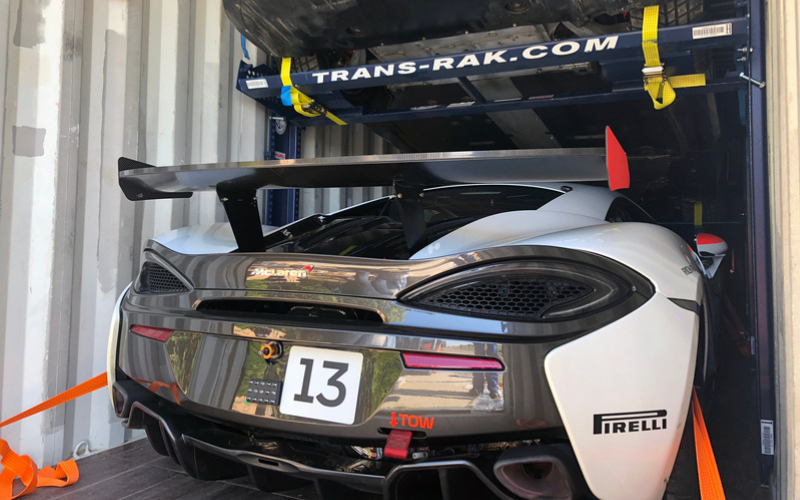
Electric and hybrid cars have become a popular mode of consumer transport over recent years, with a growing number of drivers switching to a greener and more cost-effective choice of car. Stylish and high performing electric vehicles (EVs) for all budgets – from the Audi E-Tron and Volvo EX30 to the family focused Nissan LEAF – have made electric vehicles more affordable and accessible than ever before.
Opportunities and risks
With the growth of the electric car industry has come the need for more efficient and secure transport methods, and despite their strong environmental credentials, electric vehicles present complex logistics hazards that need to be carefully considered.
One of the primary concerns is the risk of battery fires on RoRo vessels, which can occur during on-board charging of the EV or due to an increase in temperature. The lithium-ion batteries commonly used in electric vehicles are prone to a dangerous phenomenon known as ‘thermal runaway’, in which a rapid and unstoppable increase in temperature can quickly escalate into a fire.
As the Fremantle Highway incident starkly demonstrated in July 2023, the result of a blaze on an oceanic vessel at sea can be devastating to both life and property.
Another hazard associated with electric vehicle transport is the risk of electric shock. As EVs carry a lot of energy stored in their batteries, improper handling and storage can potentially lead to an electric shock, and any battery exposed to standing water can easily become a high-voltage shock hazard.
Safer and more efficient EV transportation with R-RAK
As many automotive transport businesses are realising, containerised transport is simply safer and more straightforward for electric vehicles than the RoRo option. Containerising EVs isolates them from other cargo and reduces the risk of a fire escalating to dangerous proportions on board. Safety and security can be optimised still further by using our R-RAK system with your electric vehicle cargo.
One of the key advantages of the R-RAK for electric vehicle logistics is its ability to accommodate charging infrastructure and equipment separate to the vehicle. Once the vehicle is driven onto the racking and secured in place, the battery and charging components can be removed and stored securely alongside the car. This reduces the fire risk from having a live battery inside the vehicle, and also avoids damage to supporting equipment during the transportation process.
The R-RAK also maximises the space available within the shipping container by raising the electric cars safely and securely into the upper part of the container, allowing for more complete and efficient use of the available space. This is ideal for transporting large consignments of electric cars, as it enables multiple vehicles to be transported within the same container at once, reducing the environmental impact of transportation while simultaneously lowering costs.
Choosing between Ro-Ro and containerised transport
Ultimately, the choice between containerised car transport and RoRo shipping is driven by numerous factors, including the electric car’s specific requirements, your choice of shipping route, and the available infrastructure. However, for most electric cars, containerised shipping using an R-RAK is an ideal solution. It simplifies the transportation process, maximises space efficiency, and minimises the safety risks and costs associated with transporting EVs.
To find out more about containerised transport and the potential benefits for your business, please download a free copy of our Containerised Car Transport Guide today.















